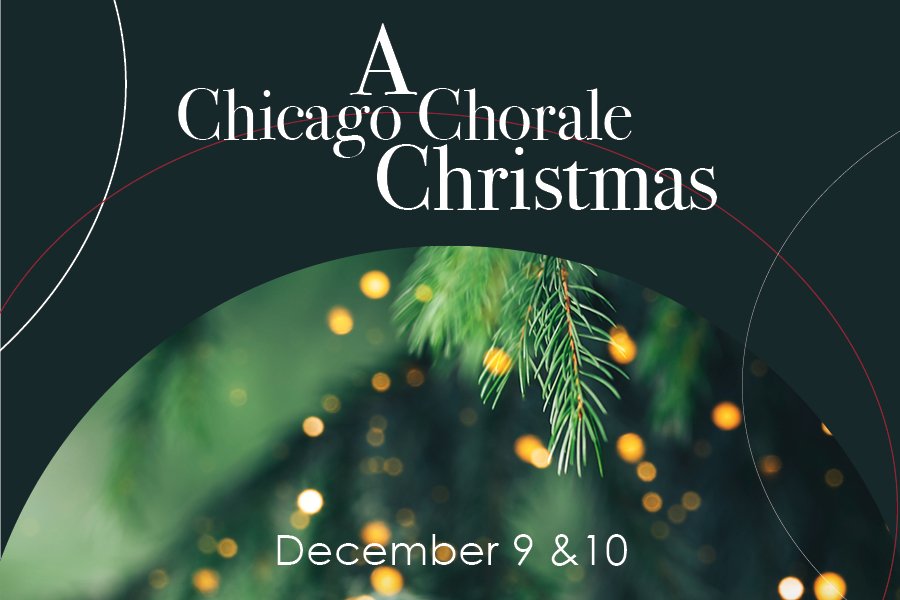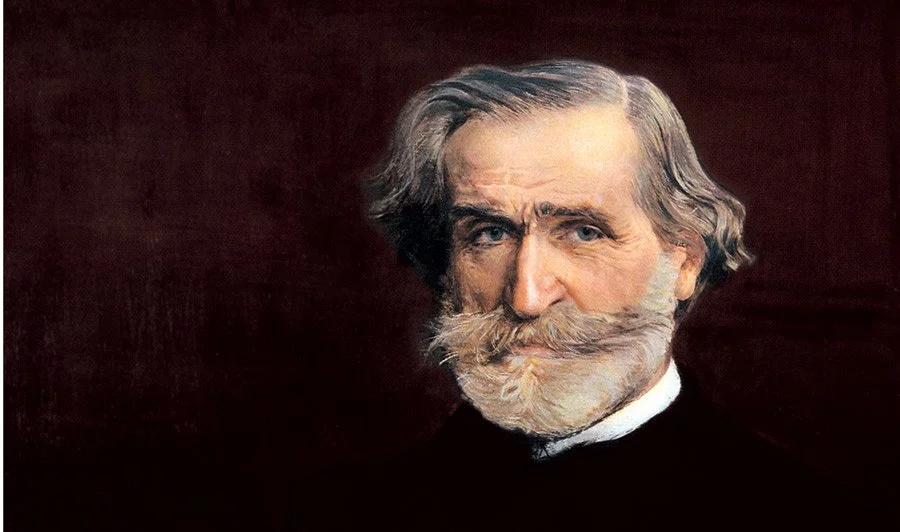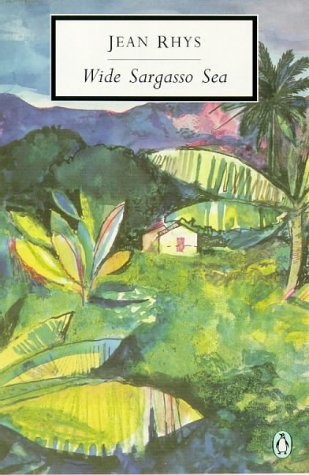In addition to Martín Palmeri’s MisaTango, Chicago Chorale’s March concerts will present smaller works by two of Palmeri’s important predecessors: Carlos Guastavino (1912-2000) and Astor Piazzolla (1921-1992).
Guastavino, sometimes called “the Schubert of the Pampas,” was born into an artistic family. When his musical talent expressed itself, he was encouraged to pursue it, becoming an accomplished pianist while studying composition. He rejected the radicalism of such contemporaries as Alberto Ginastera and Mauricio Kagel, whose music he dismissed as “nastiness” and “falsification”— being drawn instead to the romantic harmonies and melodies of European composers Albeniz, Granados, Rachmaninoff, and Debussy. His style was conservative, tonal, and accessible. He wrote at one point, “I love melody. I love to sing. I refuse to compose music only to be discovered and understood by future generations.” And though he expressed interest in “native” Argentinian music, tango, with its strong, distinctive rhythms, influenced him very little. He staked out a position at the conservative, Eurocentric end of the South American cultural spectrum; his gracious, well-crafted music continues to be successful, growing in popularity as it becomes more widely available.
I was rehearsing a series of concerts with Robert Shaw in June of 1998 when an Argentinian auditor approached Mr. Shaw during a break and presented him with a folder of Guastavino’s choral pieces, asking him to consider them for future performance. Mr. Shaw asked me to take the packet and look through it, to see if I thought Guastavino’s music was “worthy.” We never reconnected about this— Shaw never saw the music, and died just a few months later. Had he seen it and liked it, Guastavino’s popularity in the United States might have been jump-started several years earlier.
Carlos Guastavino wrote over 150 songs for voice and piano, plus numerous piano solo pieces, choral works, large orchestral works, and intimate pieces for guitar. The song Chorale will sing, “La Rosa y el Sauce” (1942), displays the delicacy, tunefulness, and combination of melancholy and good nature which characterize his works.
Piazzolla’s story is very different.
Born in Argentina to immigrant Italian parents, Piazzolla spent most of his childhood with his family in New York City. While there, he learned to play the bandoneon, a type of concertina developed in Europe and brought by German and Italian immigrants to Argentina, where it became a basic instrument of the tango genre. He quickly rose to the status of child prodigy, and when his family returned to Argentina in 1937, he began playing in tango clubs, attracting widespread attention. The pianist Arthur Rubinstein (then living in Buenos Aires) advised him to study with Argentinian composer Alberto Ginastera. This introduced him to the world of modern classical music, and he gave up tango.
In 1954 he won a grant from the French government to study in Paris with the legendary French composition teacher Nadia Boulanger. Thinking that his future lay in classical music, Piazzolla played her a number of his classically inspired compositions, but it was not until he played his tango, "Triunfal," that she congratulated him and encouraged him to pursue his career in tango. With her guidance he began his groundbreaking work of transforming the traditional tango into a new style termed nuevo tango, incorporating elements of jazz, extended harmonies and dissonance, counterpoint, and extended compositional forms.
Piazzolla returned to Argentina in 1955, formed the Octeto Buenos Aires to play tangos, and never looked back. Today he is recognized not only as the most important tango composer of the twentieth century, but as an Argentinian national treasure. His works are performed by the world’s major symphony orchestras, chamber ensembles, jazz combos, and soloists. Biographers estimate that Piazzolla wrote at least 3,000 pieces and recorded around 500.
Chorale will perform “Reminiscence,” composed in 1974 and arranged for choir by Oscar Escalada. A small piece, it nonetheless encapsulates much of what makes Piazzolla’s work distinctive, particularly in its use of the passacaglia procedure of circulating bass line and harmonic sequence, utilized frequently in seventeenth and eighteenth century baroque music and also common in jazz.



















